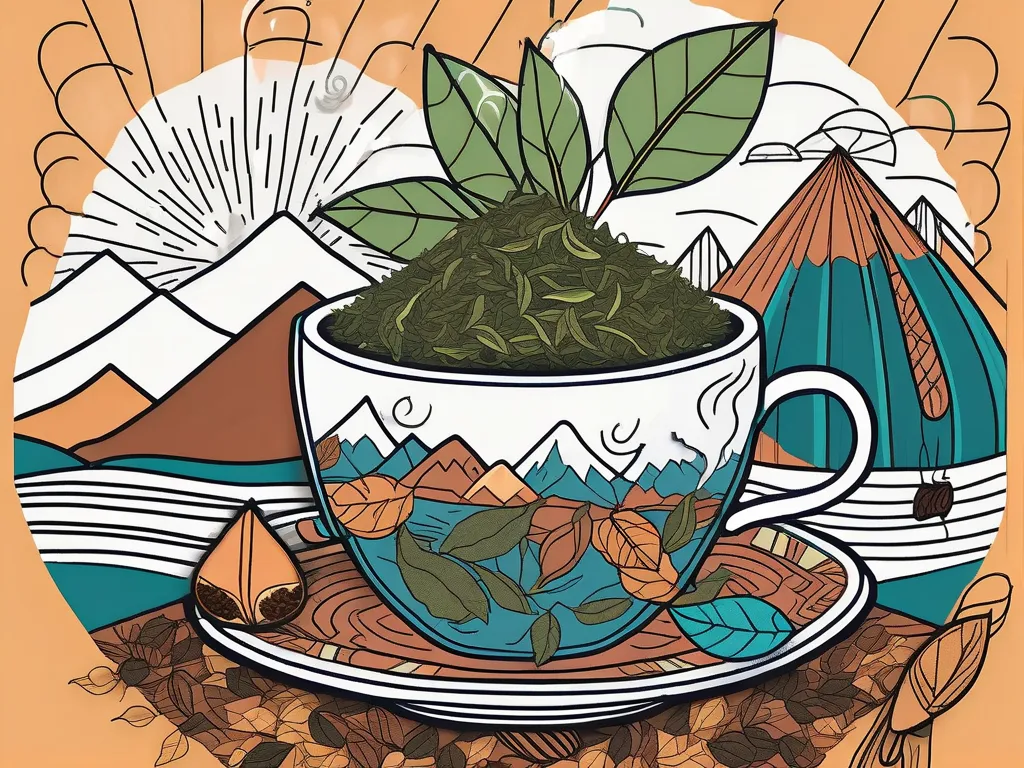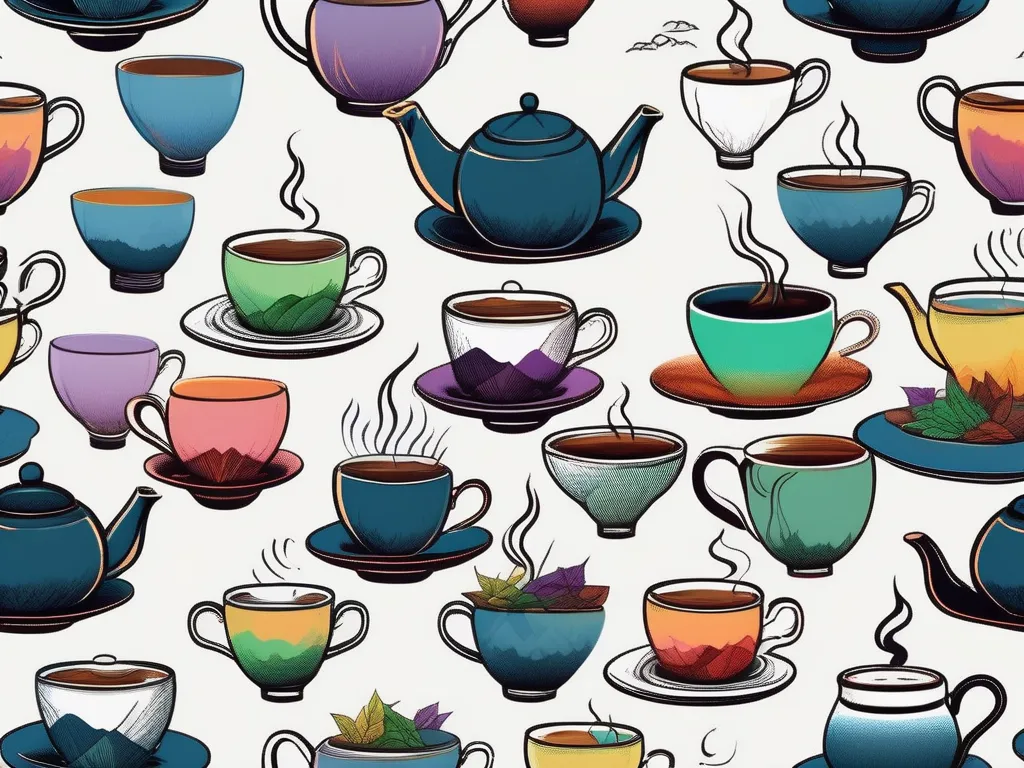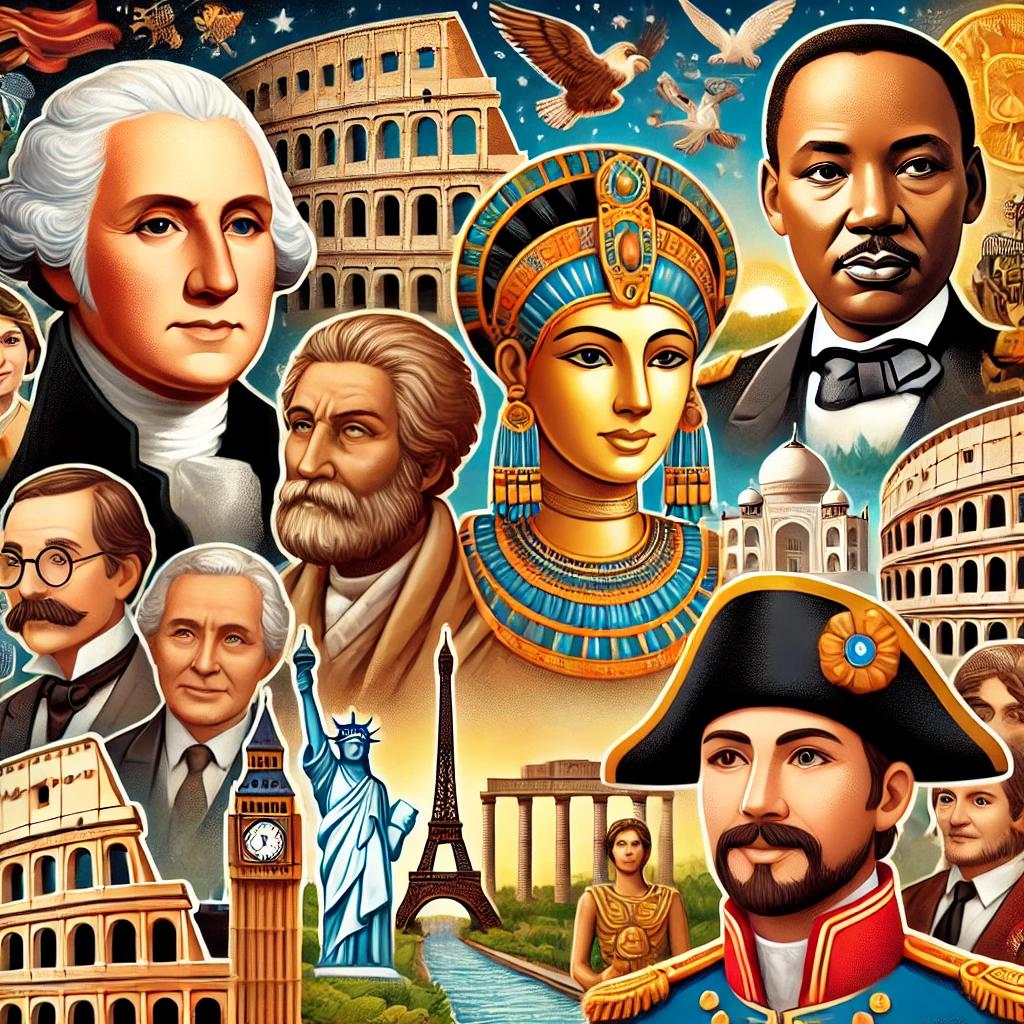Tea, the beloved beverage that has captivated hearts and minds for centuries, is not just a simple drink. It holds a rich history, a world of flavors, and a host of surprising facts that will leave you astounded. Join us on a journey as we unravel the mysteries and unveil the wonders of tea. Whether you’re a seasoned tea connoisseur or a curious beginner, these ten surprising tea facts will surely quench your thirst for knowledge.
The Rich History of Tea
Origins and Evolution of Tea
Tea’s story begins in ancient China, where it was discovered over 5,000 years ago. Legend has it that the Chinese Emperor Shen Nong accidentally discovered tea when leaves from a nearby tree fell into his hot water. Fascinated by the refreshing taste and invigorating properties, tea quickly became a staple in Chinese culture.
From China, tea made its way to Japan, where it underwent a profound transformation. The Japanese tea ceremony, known as Chanoyu, became a ritualistic art form that celebrated the harmony between nature, people, and tea. Each step, from the preparation to the serving, was meticulously performed, creating a serene and meditative experience.
Tea’s journey didn’t stop in Asia; it traveled far and wide, eventually reaching the shores of Europe. In Russia, tea became a beloved beverage known as “Russian Caravan,” a strong black tea blend with a smoky flavor. The Russians developed their own unique tea culture, with samovars used to brew and serve tea during social gatherings and family gatherings.
As tea continued to spread its influence globally, it found its way to the United States, where it became a symbol of independence and rebellion. During the infamous Boston Tea Party in 1773, American colonists protested against British taxation by throwing crates of tea into the harbor. This event marked a pivotal moment in American history and solidified tea as a symbol of defiance.
Cultural Significance of Tea Across the Globe
As tea spread across the world, it became more than just a beverage. In Britain, tea became a symbol of sophistication and refinement. Afternoon tea, a quintessentially British tradition, emerged as a social event filled with delicate sandwiches, scones, and, of course, a fine cup of tea.
In Morocco, tea is an integral part of the social fabric. The Moroccan tea ceremony, with its vibrant and aromatic mint tea, is a symbol of hospitality and friendship. Sharing a cup of tea is seen as a way to connect and strengthen bonds.
The Science Behind Tea
Health Benefits of Different Types of Tea
While tea delights our tastebuds, it also provides a myriad of health benefits. Green tea, packed with antioxidants, can boost metabolism and aid in weight loss. Chamomile tea, with its calming properties, can help reduce anxiety and promote sleep. And black tea, rich in flavonoids, may lower the risk of heart disease.

So, next time you reach for a cup of tea, know that you’re not only indulging in a delightful beverage but also embracing a natural source of wellness.
The Chemistry of Tea Brewing
Have you ever wondered why different teas require different brewing times and temperatures? It all comes down to chemistry. The temperature of the water affects the extraction of flavor compounds from the tea leaves. For delicate green teas, a lower temperature of around 160°F (70°C) is recommended, while robust black teas can handle boiling water.
Furthermore, brewing time determines the strength of the tea. Steeping tea for a shorter period will result in a milder flavor, while a longer infusion will yield a stronger, more robust cup of tea. So, experiment with time and temperature to find your perfect brew.
Unraveling Tea Myths
Common Misconceptions About Tea
Tea, like any other subject, has its fair share of myths. One common misconception is that all tea comes from the same plant. In reality, there are four main types of tea: black, green, oolong, and white, each with its own unique characteristics and production methods.
Another widely believed myth is that tea dehydrates the body. This couldn’t be further from the truth. While tea does have a diuretic effect, the fluid intake from a cup of tea outweighs any mild dehydration it may cause. So, rest assured, your tea-drinking habit will not leave you parched.
Debunking Tea Myths
Let’s put to rest another myth that claims tea is a poor substitute for coffee when it comes to an energy boost. While tea does contain less caffeine than coffee, it also contains an amino acid called L-theanine. This unique combination of caffeine and L-theanine promotes a calm and focused state of alertness without the jitters associated with coffee.
So, if you’re looking for a gentler pick-me-up, reach for a cup of tea and savor the harmonious balance that nature has to offer.
The Art of Tea Making
Traditional Tea Making Techniques
In the world of tea, tradition and craftsmanship are cherished. Take, for example, the Gongfu tea ceremony in China, where precision and elegance converge. Using a Yixing teapot and small tea cups, the tea master skillfully brews multiple infusions of tea, each one unveiling new flavors and aromas.

Similarly, in India, the art of chai making involves the skillful blending of spices, tea leaves, and milk. The result is a fragrant and invigorating beverage that warms both the body and soul.
Modern Innovations in Tea Brewing
While tradition holds a special place in the hearts of tea enthusiasts, innovation has also found its way into the tea world. The invention of the tea infuser, which allows for easy steeping and eliminates the need for a separate teapot, has revolutionized tea brewing. Additionally, the rise of tea bags and ready-to-drink teas has made enjoying tea more convenient than ever.
So, whether you prefer to celebrate the artistry of traditional tea making or embrace the modern conveniences, there’s a perfect tea brewing method for everyone.
The World of Tea Varieties
Exploring Different Types of Tea
Tea offers an astonishing array of flavors, each as unique as the regions they hail from. From the bold and malty Assam tea of India to the delicate and floral Jasmine tea of China, the world of tea is a treasure trove for taste buds.

Take a journey through the verdant tea gardens of Darjeeling, where the misty mountains give birth to the “champagne of teas.” Or venture into the foothills of the Himalayas, where the ancient tea trees produce exquisite Pu-erh tea, known for its earthy complexity.
Unique Tea Blends and Their Stories
Tea is not afraid to mingle, and blending different teas and ingredients has given birth to a plethora of unique tea blends. Earl Grey, a classic black tea infused with bergamot oil, was named after Charles Grey, the British Prime Minister. And Masala Chai, with its aromatic blend of black tea, spices, and milk, has become a beloved symbol of Indian culinary heritage.
So, explore the world of tea blends and discover the fascinating tales behind each cup. Let your taste buds embark on an adventure of flavors.
As we conclude this journey through the surprising world of tea, we invite you to delve deeper into the subject. Challenge your knowledge with some tea trivia and put your expertise to the test with a tea quiz. You’ll be amazed by the fascinating facts and the joy of discovering new tidbits about this marvelous beverage.So, brew a cup of your favorite tea, sit back, and relax as the world of tea unfolds before you. Cheers to the enchanting journey that tea takes us on, starting from ancient times and still captivating hearts today. Embrace the beauty, the culture, and the taste that tea brings with every sip. Tea trivia is not just about facts; it’s an exploration of the human connection to nature, traditions, and shared experiences. Take a moment to appreciate the humble tea leaf and the extraordinary legacy it has left on our lives.



